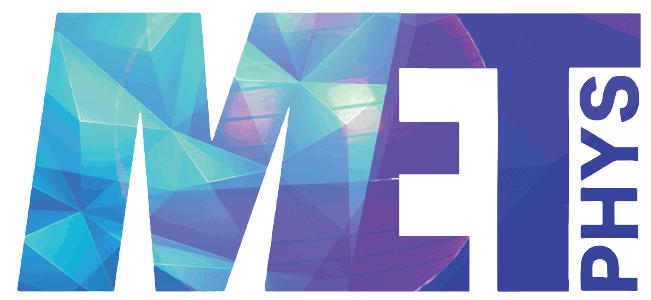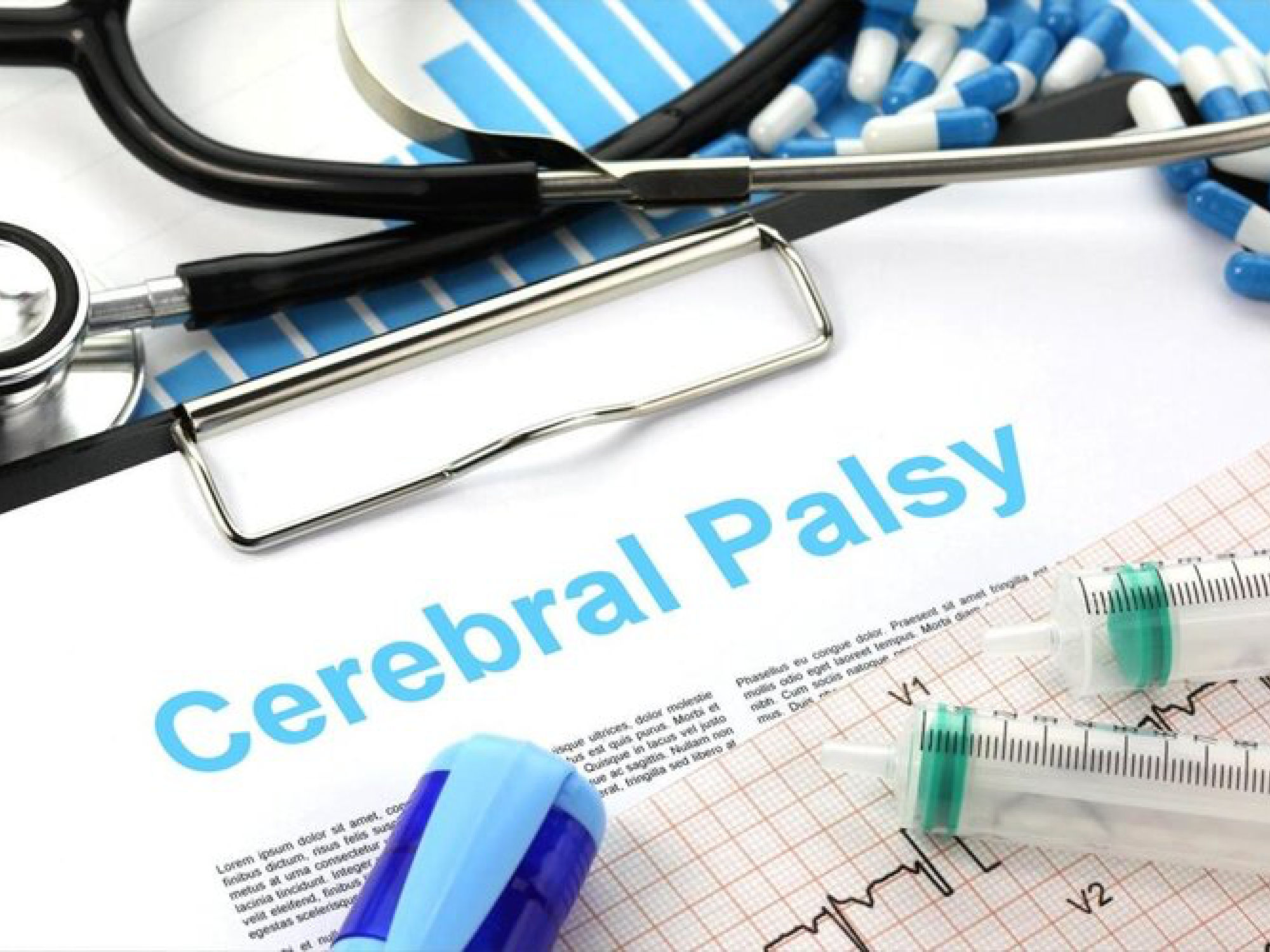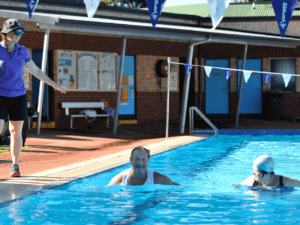What is Cerebral Palsy?
Cerebral palsy (CP) is a life-long physical disability due to injury to the developing brain that affects movement and posture. It can present in many different ways and is unique to the individual. What causes CP?
The cause of CP is often unknown. Possible causes may be brain injury in the uterus, complications at birth or stroke (most common cause of CP after 1 month of age).
Risk Factors
- Premature birth
- Low birth weight
- Blood clotting problems
- The inability of placenta to provide the developing fetus with oxygen and nutrients
Types of CP
- Spasticity – Spasticity is when muscles are high in tension but weak in strength. Most common type (80%).
- Hypotonia – Poor muscle tone without other signs of motor impairment.
- Dyskinesia- Uncontrolled movements
CP and Exercise
- Improved fine motor skills
- Improved muscular strength
- Increased confidence
- Reduced muscle tension
- Decreased fatigue
- Greater control of movements
- Improved co-ordination
- Improved balance
- Improved flexibility
- Pain management
- Improved posture
- Improved gait
Facts
- It is the most common physical disability in childhood
- 1 in 700 children born in Australia have cerebral palsy
- 1 in 2 has an intellectual impairment
- 1 in 3 cannot walk
- 1 in 4 has epilepsy
- 1 in 4 has a behaviour disorder
- 1 in 4 cannot talk
- 34,000 Australians have CP




